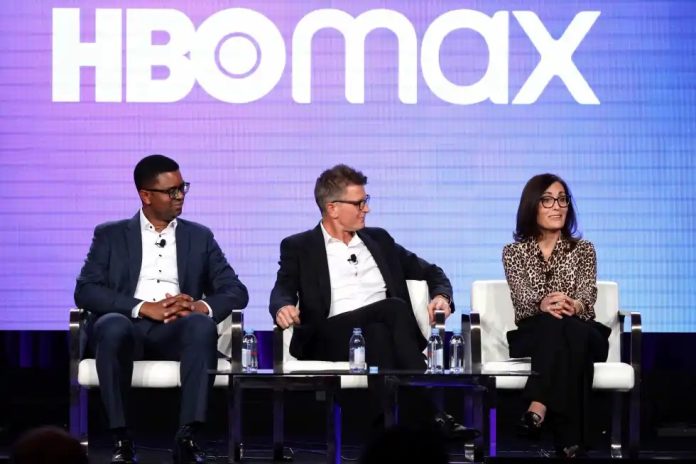Warner Bros. Discovery officially changed its Max streaming service back to HBO Max on July 9, ending what many considered a confusing and unpopular two-year experiment with simplified branding.
The change was implemented early Wednesday morning across all platforms where the service operates. The timing was strategic, with executives wanting to restore the HBO Max name before July 15’s Emmy nominations announcement.
Business Strategy Shift
The original 2023 decision to drop HBO from the name was meant to signal a “something-for-everyone content cornucopia,” reflecting the company’s attempt to compete broadly with Netflix after merging with Discovery. The name change was designed to eliminate confusion since the service included programming from all WBD-owned networks, including CNN, Discovery Channel, Food Network and TLC.
However, the flip-flopping amounts to an admission by the company it can’t be as broad as industry leader Netflix. Instead of focusing on a large volume of diverse content, the streaming service is now prioritizing quality programming.
“We will continue to focus on what makes us unique — not everything for everyone in a household, but something distinct and great for adults and families,” said Warner Bros. Discovery streaming CEO JB Perrette.
Strong Performance Despite Confusion
The company reported adding 22 million subscribers in the past year, crediting the growth to HBO programming, documentaries and Max originals while de-prioritizing content that drove less engagement.
“The powerful growth we have seen in our global streaming service is built around the quality of our programming,” CEO David Zaslav said. “Today, we are bringing back HBO, the brand that represents the highest quality in media, to further accelerate that growth in the years ahead.”
Industry Mockery and Self-Awareness
The rebrand drew widespread criticism and mockery across the entertainment industry. Even HBO’s “Last Week Tonight” host John Oliver mocked the decision, comparing it to other confusing name changes.
HBO content chief Casey Bloys acknowledged the absurdity at the company’s upfront presentation, joking “I know you’re all shocked, but the good news is I have a drawer full of stationary from the last time around.”
The company’s social media team embraced the mockery, with the Stream on Max account updating its bio to “these rebrands are trying to murder me” and posting memes about the change.
Other Companies That Changed Their Minds
HBO Max joins a select group of major corporations that have reversed controversial rebranding decisions. In 2011, Netflix attempted to split its business in two — Netflix would offer streaming services while its DVD-by-mail service would be called Qwikster. However, both customers and investors disliked the change, and the company’s stock fell steeply. The company quickly did a U-turn and went back to its original name and business model.
The Royal Mail changed its name to Consignia in 2001, but customers disagreed, and the name was changed back to Royal Mail a year later. After AOL merged with Time Warner, the combined company changed its name to AOL Time Warner. However, the name change was eventually reversed back to AOL after the merger ran up against significant challenges.
Even logo changes can face swift reversals. GAP’s new logo created outrage among loyal customers. Not even 6 days later the company decided to go back to the old logo design.
Discover more from Northeast Ohio News
Subscribe to get the latest posts sent to your email.













